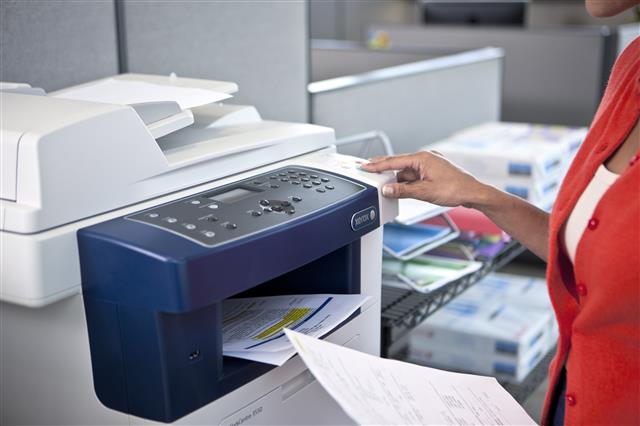
Document scanning has become an essential process for businesses, allowing them to store, manage, and access documents digitally. The process involves converting paper documents into electronic files that can be stored and accessed on computers, servers, or in the cloud. Document scanning provides several benefits, including increased efficiency, reduced costs, improved security, and easy access to information. This article will explore the different types of document scanning, including their benefits and how they can help businesses.
Types of Document Scanning:
- Flatbed Scanners: Flatbed scanners are the most common type of document scanning. They work by scanning one page at a time and are ideal for documents of varying sizes and thicknesses. Flatbed scanners are relatively affordable and can produce high-quality scans with a resolution of up to 600 dpi. They are perfect for scanning contracts, receipts, and invoices.
- Sheet-fed Scanners: Sheet-fed scanners are ideal for businesses needing to scan large volumes of documents. They work by automatically feeding documents through the scanner, which can scan both sides of the paper simultaneously. Sheet-fed scanners are faster than flatbed scanners and can scan up to 50 pages per minute. They are perfect for scanning invoices, purchase orders, and HR files.
- Portable Scanners: Portable scanners are ideal for businesses that need to scan documents on the go. They are compact and lightweight, making them easy to transport. Portable scanners are battery-operated and can scan up to 10 pages per minute. They are perfect for businesses that require remote scanning of documents such as contracts, receipts, and business cards.
- Multi-Function Printers (MFPs): Multi-function printers (MFPs) are all-in-one devices that can print, scan, copy, and fax. They are ideal for small businesses that require a variety of functions in one device. MFPs can scan documents up to 50 pages per minute and produce high-quality scans with resolutions of up to 1200 dpi. They are perfect for businesses that require a range of document-scanning functions.
- Book Scanners: Book scanners are designed to scan bound materials such as books, magazines, and journals. They work by gently pressing the book open and capturing an image of each page. Book scanners are ideal for libraries, archives, and publishers who need to digitize their collections. They can produce high-quality scans with a resolution of up to 600 dpi.
FAQs:
Q: What are the benefits of document scanning?
A: Document scanning provides several benefits, including increased efficiency, reduced costs, improved security, and easy access to information.
Q: Can document scanning help reduce paper clutter?
A: Document scanning can help reduce paper clutter by converting paper documents into digital files that can be stored electronically.
Q: Are there any legal requirements for document scanning?
A: There are no specific legal requirements for document scanning, but businesses must ensure that their scanned documents are stored securely and can be easily accessed.
Conclusion: Document scanning is a vital process for businesses of all sizes. It allows them to store, manage, and access documents digitally, providing several benefits, such as increased efficiency, reduced costs, improved security, and easy access to information. There are several types of document scanning available, each with its own unique features and benefits. Businesses can streamline their operations, reduce costs, and improve productivity by choosing the right type of document scanning.
.
Share This Post
More To Explore
Navigating the Paperless Future: The Ultimate Guide to Document Scanning in Los Angeles
Introduction In the heart of Los Angeles, a revolution is unfolding. Businesses and individuals are steering away from traditional paper-based systems, embracing a digital future.
Unlocking Efficiency: How Document Scanning Revolutionizes Businesses in Los Angeles
Introduction to Document Scanning in the Los Angeles Business Landscape Los Angeles, a city known for its dynamic and innovative business environment, is rapidly embracing
